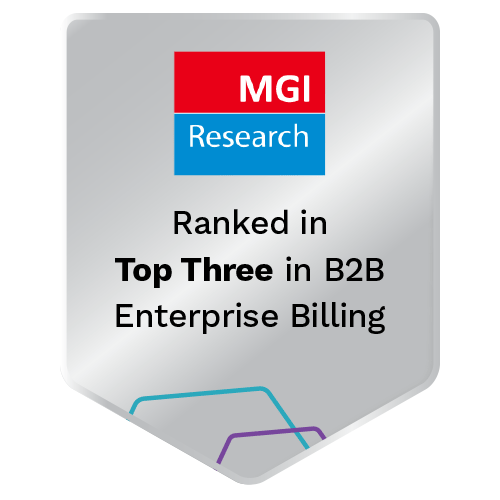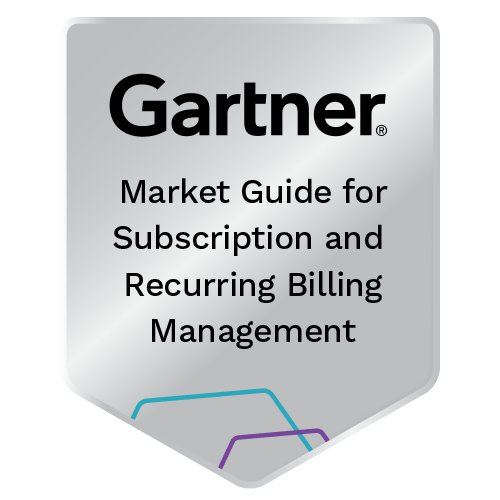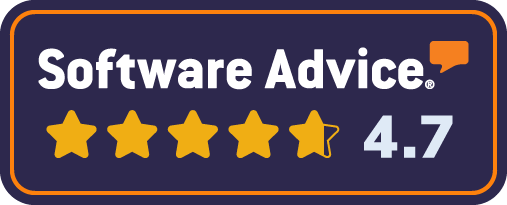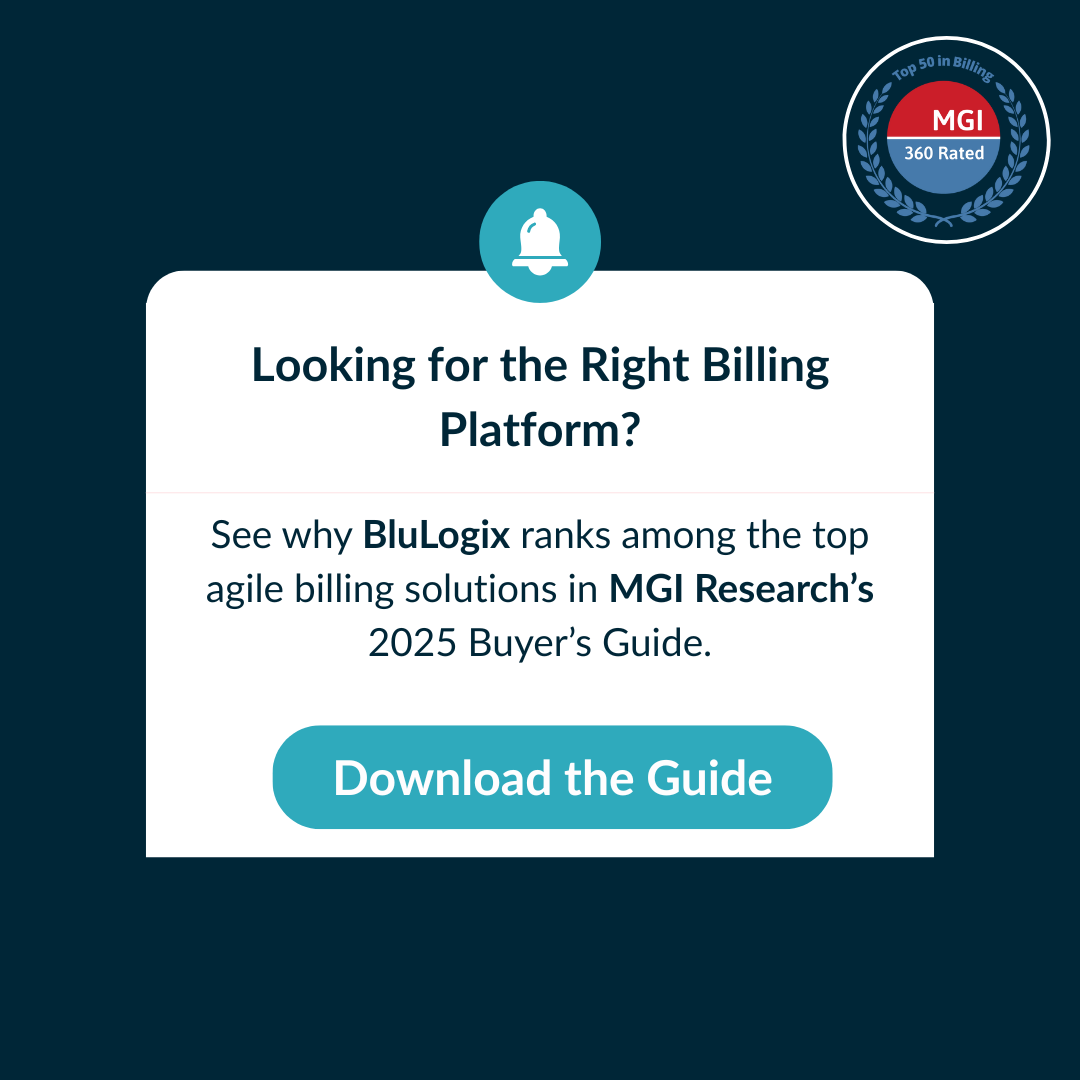Blulogix Whitepaper
The Ultimate Guide to Revenue Intelligence
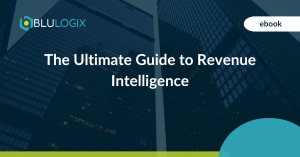
Table of Contents
Managing revenue is the single most critical thing a company in growth mode can do to ensure that goals are met and growth is achieved with sustainable business results. But what exactly does Revenue Management entail? It’s more than just keeping track of sales and income; it’s about understanding the drivers of revenue, predicting trends, analyzing margins, and ensuring accurate accounting. Revenue management is the key to unlocking your business’s true potential by transforming revenue intelligence into actionable insights that drive profitability.
This whitepaper explores the key elements of revenue management, focusing on Revenue Projection & Prediction, Margin Analysis, Revenue Recognition, and GL Integration. We will also compare revenue management to traditional BI (Business Intelligence) and analytics, outline how it’s different, and provide best practices for managing revenue effectively to fuel growth.
What is Revenue Management?
Revenue Management combines revenue intelligence with actionable insights to create a comprehensive view of your financial health. It’s not just about tracking how much money is coming in; it’s about understanding where your revenue is coming from, the dynamics affecting it, and how to maximize growth while minimizing risk.
Revenue Intelligence provides a clear and comprehensive picture of your business’s financial performance, while actionable insights take that information and translate it into specific strategies to improve growth, optimize margins, and enhance operational efficiency. Revenue management, therefore, is a continuous process that encompasses projection & prediction, analysis, and execution.
How is Revenue Management Different from BI and Analytics?
While both Revenue Management and BI/analytics deal with financial data, there are some key differences:
- Scope: BI and analytics are often broad, focusing on historical data analysis and providing insights across different business areas. Revenue management, however, is more targeted—focusing specifically on revenue-related processes and how to impact profitability.
- Focus on Action: Traditional BI provides insights and dashboards that are useful for visualizing data, but they often leave the “so what” unanswered. Revenue management, on the other hand, uses revenue intelligence to create actionable strategies, ensuring that insights are directly tied to decision-making that drives profitability.
- Predictive and Prescriptive Capabilities: Revenue management emphasizes revenue projection & prediction and scenario planning, enabling businesses to proactively adjust strategies based on projections. While BI and analytics may include projection & prediction, revenue management emphasizes ongoing adjustments and execution to maximize revenue opportunities.
Key Areas of Revenue Management
- Revenue Projection & Prediction
Understanding where your revenue is headed is crucial for business success. Revenue projection & prediction is designed to equip your business with precise insights, helping you project future revenue, manage cash flow, and make informed decisions to drive growth.
Revenue projection & prediction goes beyond estimates; it’s a real invoice calculation based on current and future system information—without generating customer invoices. This provides a highly accurate look at what to expect, including proration, refunds, and variability in customer orders.
Real-Time Visibility Into Your Revenue Pipeline
Revenue projection & prediction tools offer a detailed look into your expected earnings over specific time frames—whether monthly, quarterly, or annually. By utilizing data from your existing customers, previous sales, and upcoming orders, our tool provides a powerful revenue estimation that helps you prepare for what’s next.
- Project Revenue with Confidence: Anticipate revenue for any given period using current customer and sales data, allowing you to budget and plan effectively.
- Adaptable Projections: Predict revenue based on specific accounts, products, billing frequency (monthly, annually, one-time charges), or even individual orders. This helps you see revenue from different perspectives and understand what is driving growth.
Revenue isn’t static—and your insights shouldn’t be either. Revenue Projection & prediction should enable you to slice and dice the data based on several critical dimensions, allowing for customized and granular analysis:
- Account-Level Analysis: See projected revenue by specific customer accounts to understand which customers are driving the most value.
- Product and Charge-Level View: Dive deeper into specific products or charges—like subscription fees versus one-off charges—to understand how each contributes to total revenue.
- Billing Frequency: Analyze revenue based on monthly recurring charges (MRC), non-recurring charges (NRC), or annual billing cycles, helping you balance short-term and long-term income streams.
This flexibility enables you to make targeted decisions that optimize revenue performance and customer value.
Enhancing Financial Decision-Making with Revenue Projection & prediction
With revenue projection & prediction, your finance and operations teams can:
- Plan for Growth: Align your budget and resource allocation with expected revenue, ensuring you’re prepared to support growth or manage leaner periods.
- Assess Renewal Impact: Account for services ending or approaching renewal dates, allowing you to gauge the potential impact of renewals on future revenue streams.
- Project With Scenario Planning: Use historical data, existing contracts, and market trends to simulate different scenarios and adjust strategies proactively.
This helps finance leaders manage uncertainty with greater accuracy, mitigating risks associated with unpredictable income and improving the stability of financial planning.
Real Invoice Calculation Without Billing
Unlike other estimation tools, robust revenue projection & prediction should use real invoice calculation based on current system data, factoring in upcoming orders, prorations, potential refunds, and contract renewals without generating an official invoice. This means you get an accurate picture of expected revenue without impacting your customer records.
- Pro-Ration and Refund Analysis: Account for adjustments like proration and refunds, providing a realistic view of how these variables affect future revenue.
- Comprehensive Data Input: Incorporate data from multiple areas—such as current contracts, past sales, and pending orders—giving you a full picture of your upcoming revenue.
Visualize and Customize Projections
Revenue projection & prediction tools should give you the power to create customized revenue projections by choosing specific time periods and perspectives:
- Quarterly, Monthly, or Yearly Projections: Select the time frame that aligns with your business needs, from short-term monthly projection & predictions to long-term annual projections.
- Customer, Product, or Service View: Customize your projections to view data based on customer accounts, product offerings, or service details, allowing for nuanced analysis and decision-making.
Use Case: Enhancing Projection Accuracy
One global SaaS provider faced challenges in predicting revenue due to fluctuating subscription renewals and variable usage. By implementing revenue projection & prediction, they were able to identify customers, products and packages that were trending towards reduced revenue, and were able to leverage these insights to optimize variables that would result in turning the trend.
Margin Analysis: Unlocking Profitability at Every Transaction Level
To maximize profitability, businesses must understand their margins at every level. Margin analysis enables companies to break down revenue streams and identify opportunities for improvement. By evaluating product margins, channel costs, and customer profitability, businesses can refine their pricing, promotions, and cost controls to drive financial success.
Advanced revenue intelligence tools provide detailed margin analysis, allowing businesses to optimize pricing strategies and improve operational efficiency. This level of insight helps companies enhance revenue while reducing unnecessary costs, ensuring sustainable growth.
In-Depth Financial Insights
Revenue intelligence captures cost data with precision, reconciling it against third-party invoices to ensure accurate financial management. Every pricing adjustment, volume fluctuation, and discount is evaluated for its impact on profitability, helping businesses maintain a competitive edge.
Product and Service Cost Analysis
Strategic pricing decisions rely on precise cost tracking. Revenue intelligence enables businesses to:
- Analyze costs at the product or service level to guide pricing strategies.
- Leverage detailed cost breakdowns to negotiate better supplier terms.
- Evaluate product profitability in real-time, making proactive adjustments.
- Optimize pricing to maximize contribution to the bottom line.
- Identify underperforming products and adjust strategies to enhance profitability.
Discount, Promotion, and Free Trial Profitability Analysis
Promotions and discounts can attract customers, but it’s critical to measure their impact on profitability. Revenue intelligence helps businesses assess:
- Discount Impact: Understanding how discounts affect revenue and customer acquisition.
- Promotion Effectiveness: Analyzing sales performance pre- and post-promotion.
- Free Trial Conversions: Monitoring trial uptake and conversion rates to optimize profitability.
- Strategic Promotional Adjustments: Using profitability data to refine promotional offers.
- Scenario Planning: Simulating different promotional strategies to maximize ROI.
Customer Profitability Analysis
Identifying high-value customers is crucial for revenue growth. Revenue intelligence allows businesses to:
- Segment customers by profitability.
- Improve customer service for high-value clients.
- Tailor marketing and sales efforts to enhance customer lifetime value.
- Project revenue potential and drive strategic growth.
- Identify up-sell and cross-sell opportunities within profitable segments.
Invoice and Period Analysis
Financial insights across billing cycles help businesses optimize revenue strategies. Revenue intelligence enables organizations to:
- Monitor billing changes and their impact on profitability.
- Analyze invoice-level profitability to refine billing practices.
- Assess financial impact of seasonal revenue fluctuations.
- Compare financial performance across periods to identify growth opportunities.
- Implement corrective actions based on real-time profitability insights.
Revenue Recognition and Compliance
Accurate revenue recognition is vital for financial compliance, particularly under ASC 606 and IFRS 15. Missteps can lead to compliance risks and financial discrepancies. Revenue intelligence simplifies the process by automating revenue recognition based on contracts, performance obligations, and service delivery.
Automating ASC 606 Compliance
Many businesses struggle with the transition to ASC 606. Revenue intelligence automates compliance, ensuring revenue is accounted for accurately and in alignment with standards. This reduces compliance risks and streamlines the audit process.
General Ledger (GL) Integration: Ensuring Financial Accuracy
Seamless integration with a General Ledger (GL) is critical for accurate financial reporting. Revenue intelligence enables businesses to:
- Automate journal entries, reducing manual errors.
- Synchronize data between billing and ERP systems.
- Gain real-time financial visibility for decision-making.
- Ensure compliance with accounting standards.
Use Case: Streamlining GL Integration
A managed services provider struggled with manual data entry and reconciliation. By leveraging revenue intelligence and automated GL integration, they reduced errors by 30% and improved financial reporting accuracy.
Best Practices for Revenue Intelligence
Align Revenue Intelligence with Business Strategy
Revenue intelligence should align with strategic objectives, whether focused on growth, profitability, or market expansion. For example, companies entering new markets should develop region-specific revenue strategies to optimize pricing and revenue streams.
Leverage Automation and Integration
Manual revenue management processes are prone to error. Automating revenue recognition and integrating financial systems reduces compliance risks and allows finance teams to focus on strategic growth initiatives.
Use Predictive Insights for Proactive Decision-Making
Revenue intelligence enables predictive insights, allowing businesses to anticipate revenue fluctuations, adjust pricing, refine product offerings, and optimize channel strategies.
Optimize Margins and Profitability
Regular margin analysis ensures that all revenue streams contribute to overall profitability. Real-time insights help businesses identify underperforming products or services and make data-driven decisions to improve financial outcomes.
Addressing Inefficient Revenue Recognition
Challenges in revenue recognition can lead to inaccurate financial reporting and compliance risks. Common issues include:
- SaaS Providers: Annual subscriptions require recognition over service periods rather than upfront.
- Project-Based Industries: Revenue recognition must align with project milestones.
- Telecom Providers: Bundled services require differentiation between product and service revenue recognition.
Solutions for Efficient Revenue Recognition
Businesses can streamline revenue recognition by implementing:
- Automated Revenue Management Systems: Ensuring revenue is recognized accurately based on service delivery.
- Real-Time Reporting: Providing insights into revenue streams for timely adjustments.
- Integrated Financial Systems: Connecting revenue recognition with order and delivery management.
Implementing Revenue Intelligence for Sustainable Growth
Revenue intelligence is not just about understanding revenue—it’s about actively managing it to drive business success. BluLogix provides the tools and expertise needed to optimize revenue management, from accurate revenue forecasting to compliance and seamless financial integration.
Next Steps
Ready to enhance your revenue intelligence strategy? Contact BluLogix today to learn how revenue intelligence and actionable insights can drive your business’s profitability and growth.
About BluLogix
BluLogix is a leader in revenue intelligence solutions, helping businesses optimize complex billing environments with automated, data-driven insights. Our solutions empower B2B software companies, UCaaS providers, managed service providers, and other subscription-based businesses to achieve financial excellence in a rapidly evolving marketplace.
Reviews

Michael R.
President, Allnet Air Inc. - Telecommunications
Best Outsourced Billing for Mobility

Karen R.
Manager, Cloud Billing - Computer Software
BluLogix has been a great partner.
“Over the last several years, I have seen continual enhancements and additions to the platform. BluLogix has created a comprehensive solution for users. They provide great communication regarding upgrades and address concerns thoroughly and timely.”

Sara K.
Marketing, Graphic Design & Social Media Management - Marketing and Advertising
Fantastic platform. Recommend!
Industry Leaders
Reviews

Michael R.
President, Allnet Air Inc. - Telecommunications
Best Outsourced Billing for Mobility

Karen R.
Manager, Cloud Billing - Computer Software
BluLogix has been a great partner.
“Over the last several years, I have seen continual enhancements and additions to the platform. BluLogix has created a comprehensive solution for users. They provide great communication regarding upgrades and address concerns thoroughly and timely.”

Sara K.
Marketing, Graphic Design & Social Media Management - Marketing and Advertising
Fantastic platform. Recommend!




